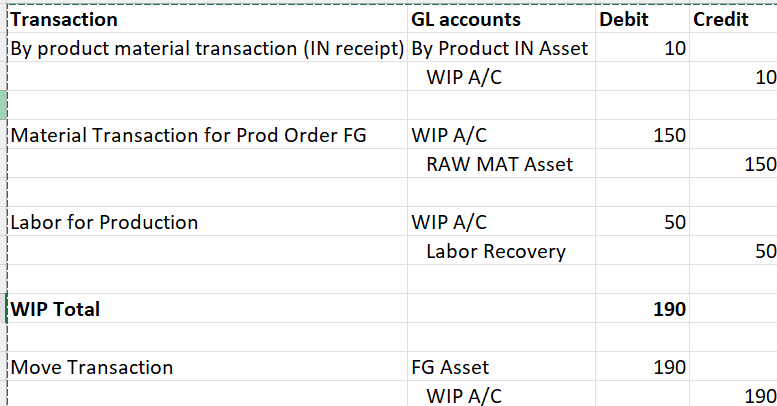Hello
I was wondering how I could scrap some Raw Materials from materials already released to Production Order.
I know that for Finish Goods it is done in Labor or Move screens via Scrap Qty.
But how to proceed scrapping for Raw Materials in order to have actual data and not to make it by BOM - scrap factor?
The use case is that our Customer from plastic industry applies for each Production Order some more quantity of raw material than in BOM and at the end of production some of that raw material can turn into waste.
I would be grateful for any tipps. Thank you in advance.






